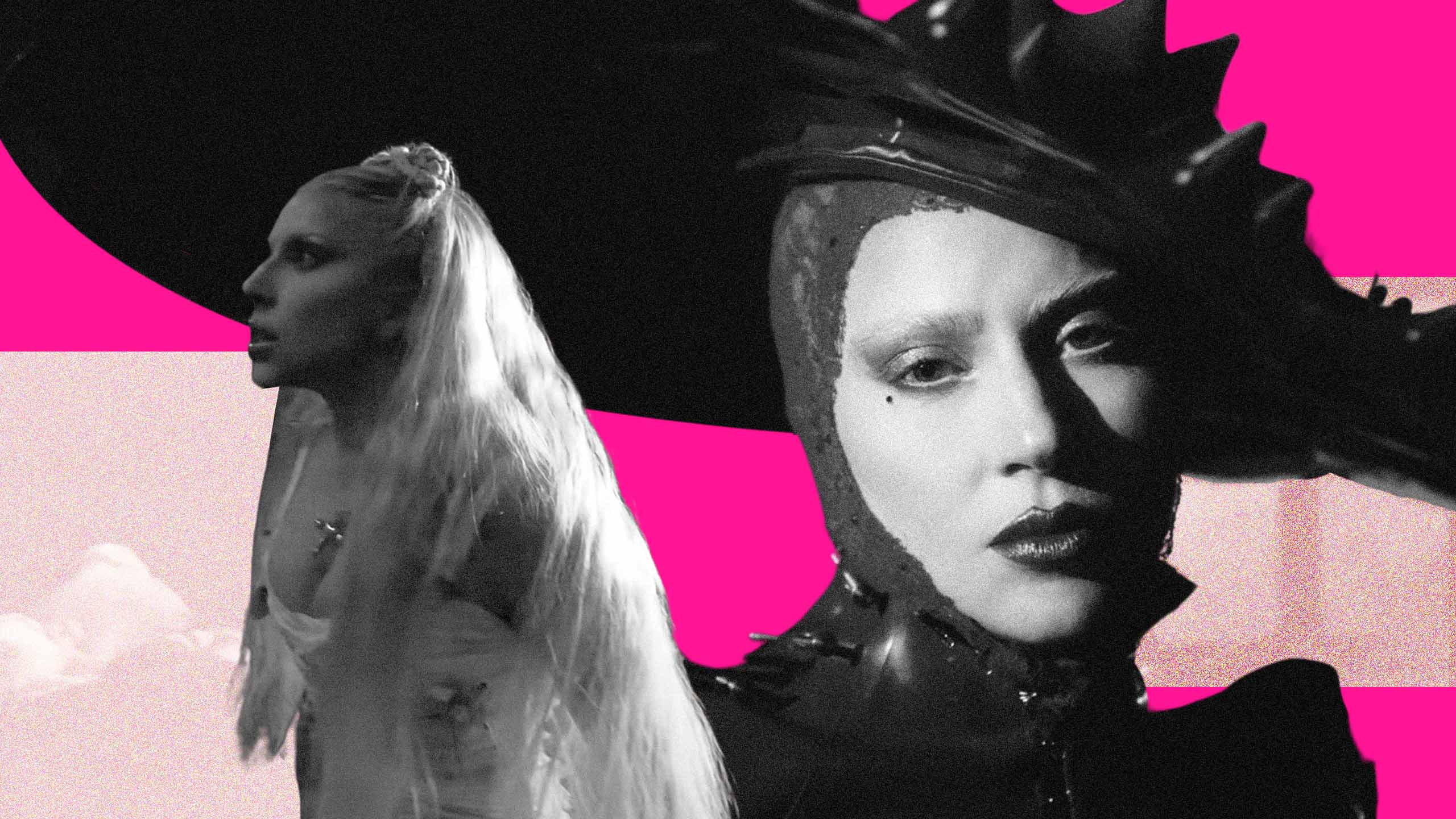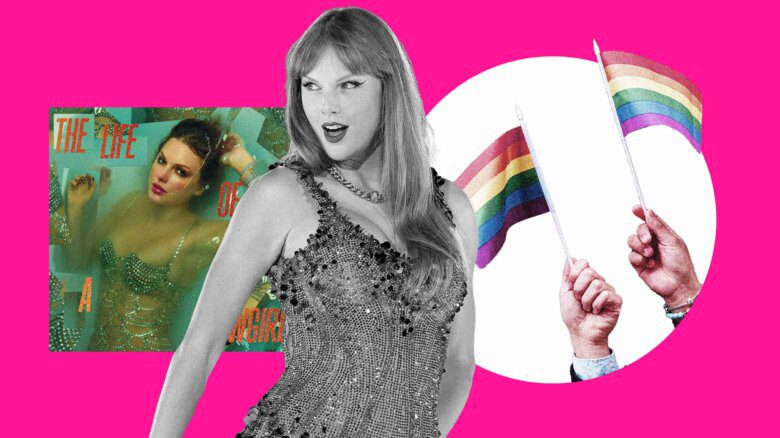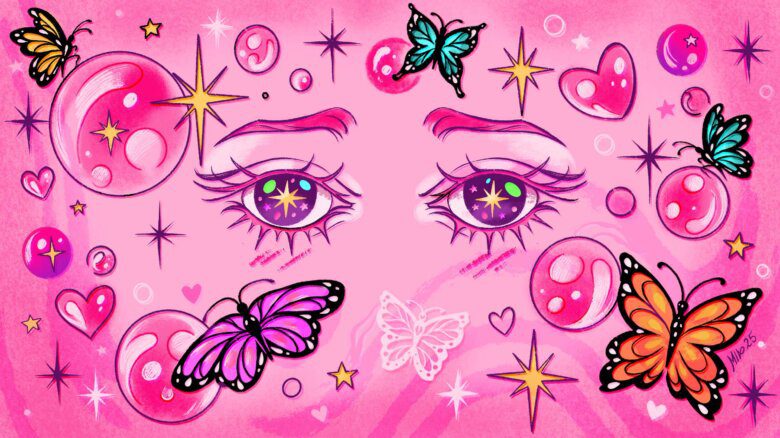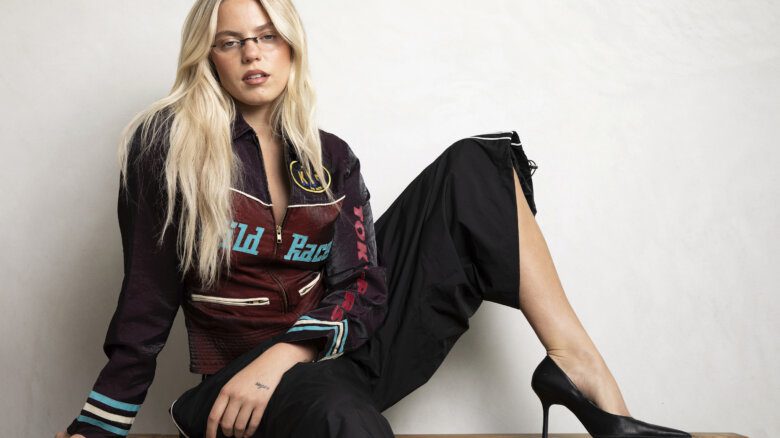The injury happened when I was 30, a few months into the pandemic. My roommates and I were doing an at-home workout when something weird happened in my left leg. It started as a strained, tingling sensation in my outer thigh and became clenched and burning, a patch above my knee losing sensation that I haven’t regained. It hurt to walk, let alone work out. I couldn’t go to the doctor due to pandemic protocols, so I tried to take care of it at home, sure that it would heal. I’d been able-bodied my whole life and assumed I’d be back to my usual climbing and 14-mile hikes once the world reopened.
I did go climbing and hiking again, but my leg never fully healed, especially after I reinjured it in 2023. This time it was the hip of that same leg, which exacerbated the issues in my thigh. The pain would recede, then return. I saw a physical therapist on and off for about two years, and started going to weekly acupuncture appointments. I stopped hiking, stopped my long walks and started calculating if I could go to an event based on whether or not seating was available.
In May 2024, like many Little Monsters, I eagerly watched Lady Gaga’s new concert film, Gaga Chromatica Ball. I was struck by the ways she, to my eyes, accommodated her own disabilities throughout. Lady Gaga has been open about her PTSD, and a leg injury of her own: a hip torn and broken during the Born This Way Ball. She also has fibromyalgia and migraines. The film opened with her encased in hard material moulded to look like a dress, singing as she rotated on an elevated part of the stage above her dancers. She barely touched the main stage or danced for the first 20 minutes, and throughout the show, she used set pieces, dancers and strategic choreography to pace herself. Yet she was captivating; her poses, arms, expressiveness, voice and costumes kept my attention. I’d never seen a performer construct their show in a way that made their accommodations visible, and it was empowering to watch. That’s part of the magic of Gaga’s artistry; she makes those of us marginalized by society feel seen through her own experience and creative vision.
In her 2017 documentary Gaga: Five Foot Two, she shared raw scenes of her suffering while being attended to by her doctors and medical team. It was an experience I’ve become deeply familiar with: lying in bed, crying because my body just won’t stop hurting, because I’m so tired of going to medical appointments, because the things I used to love to do are out of reach unless I want to do it through the pain and risk making it worse.
It did get worse; in Fall 2024, I was hit by a car, breaking my ankle and injuring the thigh of the same leg I’d been struggling with since 2020. By that time, I was in the midst of another reckoning. From my childhood through to the end of my twenties, I was praised for being accomplished and high-functioning. In reality, behind the drive, achievements and the facade of physical and mental well-being, I was struggling in ways I didn’t understand and tried to hide. Now, as I approach 36, I am working to embrace and integrate a new understanding of myself: I am disabled.
This realization was catalyzed not only by my injuries but by diagnoses such as PTSD and OCD, neurodivergence I am still figuring out and post-COVID-19 symptoms that took me down for much of 2024. When Gaga dropped the singles and visuals for “Disease” and “Abracadabra,” I saw my own experience untangling my emotions and internalized ableism about my struggles. Her lyrics speak of hoping for a magical cure (“Bring me your desire, I can cure your disease”), wrestling with anxiety about an empty life (“Runnin’ out of medicine / You’re worse than you’ve ever been) and digging in with determination to keep dancing, loving and making art (“Death or love tonight!”). The alternately gritty and anthemic goth and industrial-influenced sound of the music drives this struggle home; she can still live and thrive, even when she’s in pain.
In her music videos, Gaga shifts between harmony and conflict with her disabled self, personified as Mayhem, a character who, she recently told Elle, “memorialize[s] a piece of me and a piece of life that is not always easy to accept.” In the “Disease” music video, Mayhem runs Gaga over with a car; a metaphor, maybe, for how overworking herself has damaged her body and mind, or for the way some of us run from our disabilities until we can’t anymore, and they take us down.
The week after my car accident, I lay in bed in a fog. The experience was a physical and mental shock, and I surrendered to it, putting everything on hold to rest. I was able to do this because I’d done it before. In 2022, after a traumatic event that led to my PTSD diagnosis, it took almost eight months of therapy and rest for my mental health to recover. When my leg injury flares, I’ve gotten used to adjusting physical activity until it eases again. Disability is an ebb and flow I’ve learned to live with.
This ebb and flow has become easier to manage since accepting that I am now disabled—and was for most of my life, even though I didn’t realize it. The language of disability has allowed me to give myself the grace, care and accommodations I need where I never did before. I don’t know if Gaga thinks of herself as disabled, but it’s clear that she’s been able to give herself those things too. In the “Abracadabra” music video, as in Gaga Chromatica Ball, she uses a variety of adaptive techniques such as seating, being carried and moving between dancing and being stationary. But on first watch, it was the cane sequence that really grabbed my attention. In it, Mayhem, dressed in red, hobbles toward the camera, surrounded by dancers in black, all of them leaning on canes. They dance wildly, limbs jerking, canes stabbing the air. I wondered whether the sequence was relying on an ableist trope by intertwining Mayhem’s disability with her sinister nature. But the comments under one of Gaga’s YouTube Shorts about the making of the scene shifted my perspective. Several mobility aid users shared how the sequence made them feel seen and showed canes in a creative and empowering light. “I was SO happy when [I] saw this,” one person wrote. “[I’m a] 23 yr old cane user and Gaga is making canes look fabulous (which they always have been)!”
Through this lens, Mayhem isn’t sinister; she’s simply a part of Gaga, one that may not be easy to accept, but one that is powerful in her own right, a vital force in Gaga’s art and life that deserves to be welcomed and supported. Mobility aids are both necessary and cool—Gaga’s already shown that through the custom wheelchairs she used after her hip surgery in 2013.
Her public journey with disability is not without flaws. During the world premiere event for Gaga Chromatica Ball, she shared that she’d played five shows of the tour while sick with COVID-19, exposing her crew and fans to illness and potential long-term disability. I, along with other fans and journalists, found this deeply disappointing and highly irresponsible, especially for someone in her position with the means and privilege to receive care others cannot. Even if her fans had, as she said, chosen to risk themselves by being there, that doesn’t justify her own negligence.
Despite some of Mother Monster’s more questionable decisions, witnessing her incorporate her disabilities into her art and explore how they’ve affected her has been a powerful reminder that mine do not have to take away from my art and life. They are part of me and everything I create.
These days, I go to regular therapy and bodywork appointments. I have a pill keeper full of supplements, take two daily medications and I’m hoping to get an ADHD diagnosis soon. I might get a cane, and last summer, I requested disability accommodations for the first time when I attended a music festival. I write, work my second job and go to grad school. I’m still doing a lot, but now I’m better at pacing myself and I’m kinder to my body and my mind. I’m embracing my mayhem instead of ignoring it.
At the end of the “Abracadabra” music video, Mayhem and Lady Gaga lock eyes. Slowly, Mayhem tilts her head, hat covering her face. It’s an acknowledgment, as if that part of Gaga is integrating with the rest of her, and Gaga welcomes Mayhem home, face upturned, eyes wide open. The pain returns, and it recedes.


 Why you can trust Xtra
Why you can trust Xtra


